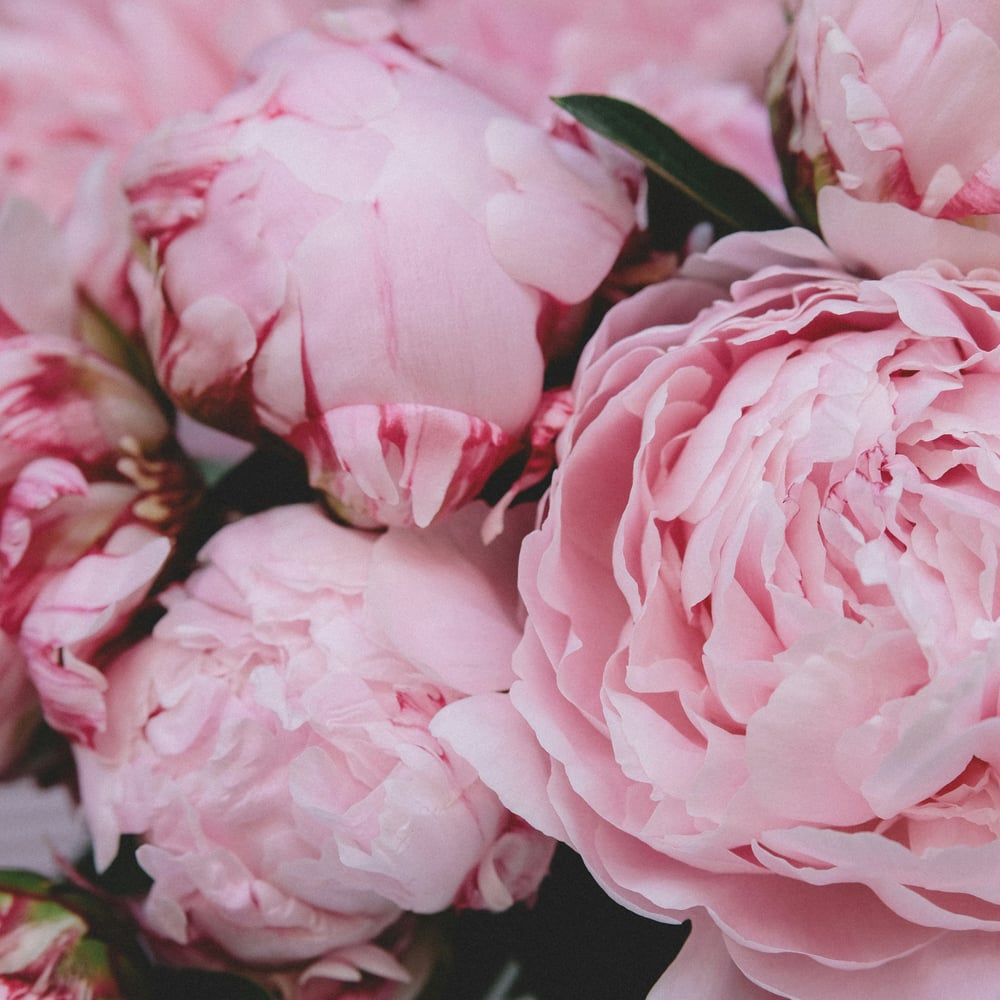Indiana’s State Flower: The Peony
 Indiana’s State Flower: The Peony
Indiana’s State Flower: The Peony
Meet The Peony
Several flowers have been the state flower of Indiana over its history. Among them were the tulip tree blossom, zinnia, and carnation; right now, the adored peony steals the stage. Peony blossoms, which may reach up to 10 inches in diameter, are renowned for their striking beauty; their aroma, which evokes late spring and early summer, is also much sought for. But Indiana's state flower—the peony—was chosen by what process? Behind this flower, what tales and meaning abound? Let's investigate now.
The Origin of the Peony Flower
Fascinatingly, Indiana does not natively have peony. Its history runs approximately 4,000 years, starting in China, where it decorated the royal courts. The flower arrived in Japan by the eighth century; both nations now rank among top peony exporters. Once arriving in Europe in the 18th century, peonies became somewhat well-liked and stayed in great demand all around.
The name "peony" has its roots in an ancient Greek myth about Paeon, a student of Aesculapius, the Greek god of medicine. According to the myth, when Paeon used a remedy from a peony root to heal Pluto, the god of the underworld, Aesculapius became envious and attempted to kill him. To protect his savior, Pluto transformed Paeon into the beautiful peony flower.
Peony as Indiana's State Flower
In 1957, when the Indiana legislature needed to select a new state flower to replace the zinnia, many opinions arose regarding which bloom should represent the state. The competition came down to either the dogwood or the peony, with both facing opposition from various groups. Laurence D. Baker, a local farmer known for cultivating peonies commercially, played a key role in advocating for the peony. He successfully persuaded the House Public Policy Committee to select the peony over its competitors.
Despite efforts from the Indiana Academy of Science and the Wild Flower Society to choose a native flower as the official state representative, their proposals did not pass through legislative halls. Ultimately, the peony emerged victorious, and today it flourishes in gardens and landscapes across Indiana, from Fort Wayne to Indianapolis, making it a perfect symbol of the state’s beauty.
 Cultivating Peonies
Cultivating Peonies
Did you know that peonies have medicinal properties? In traditional Chinese medicine, they were used to treating headaches and liver diseases. Today, however, they are primarily cultivated for ornamental purposes. Growing these beloved perennials is relatively straightforward if you follow a few key guidelines.
Planting peonies in late September is ideal. They prefer not to be disturbed, so it’s best to avoid transplanting them. With just half a day of sunshine, they thrive beautifully. Remember to keep the soil relatively moist, and these elegant blooms will enhance your garden with their charm.
Peony Color Symbolism
Peonies are not only beautiful in the garden; they are also popular as cut flowers. Their stunning appearance makes them a favorite in floral arrangements, whether on their own or combined with other blooms. Did you know that the color of peonies can convey different meanings? Here’s a quick guide:
- White peonies symbolize bashfulness and even shame, making them perfect for expressing apologies.
- Pink peonies are given to convey tender feelings. Pale pink blooms symbolize romance and joy, which is why they are often featured in wedding bouquets. They are also the official flower for the 12th wedding anniversary.
- Red peonies express passionate love. Their striking beauty makes them a fantastic gift for a loved one.
- Yellow peonies bring a sense of joy and brightness, resembling a sunny ball. Such bouquets are ideal for celebrations like housewarmings or graduations.
We hope you’ve fallen in love with peonies as much as we have! Browse our catalog to discover beautiful peony arrangements, whether for a special occasion or just to treat yourself to a delightful bouquet.
Get Your Flowers for Delivery in Indiana







